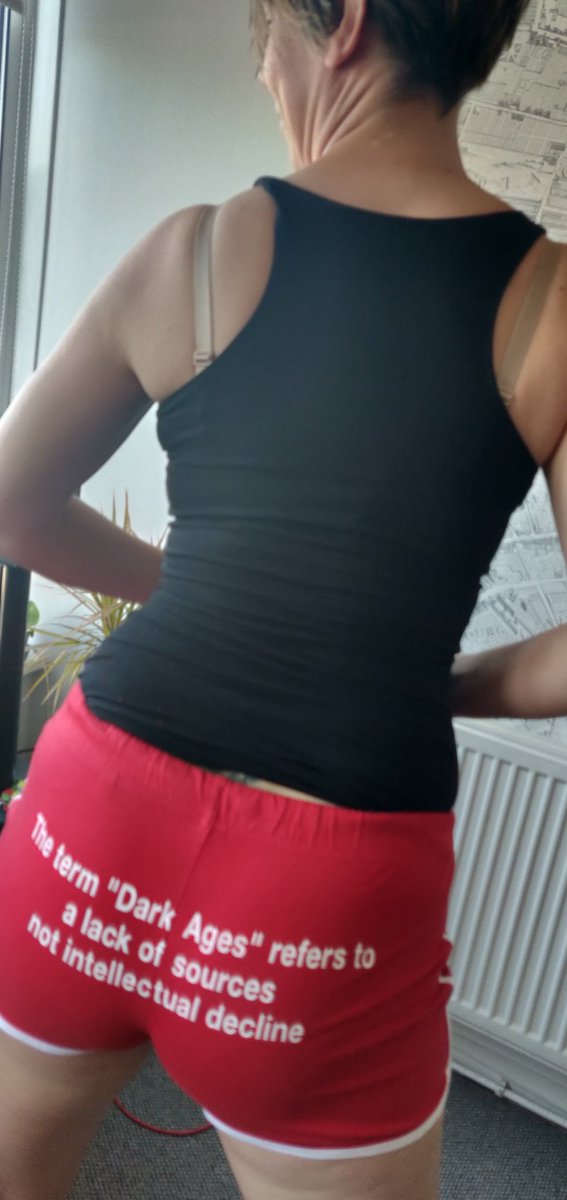Workshop TikTok, Soundhouse, and Can
One internet, many TikToks. If you’re not-very-online, when you see stories in the news about the various social platforms it can be extremely difficult to get a grasp of the breadth of activity that each platform represents. Right now the three and typically only three kinds of behaviors that cross in to mainstream view as far as “what ARE these platforms anyway” (thinking of TikTok specifically) tend to be: 1. activity related to politics and the political tribes (OMG the K-Pop stans), 2. things that seem like moral panic triggers (OMG China is stealing kids data/OMG kids are misusing their cameraphones to make prurient videos), and 3. stuff having to do with brands (OMG Ocean Spray bought that guy a truck). Those looking for a simple answer to wrap their head around as far as “what is TikTok” or “what is Twitter” end up landing on those kinds of things.
But it ain’t like that, and arguably, it’s never been like that. As one colleague once put it, social media is and always has been a collection of niches. And one of the distinguishing features of even very large social platforms is that with a few exceptions, the tacit rules and behaviors of one group don’t look anything like those of another. That’s why it’s always so fun on Twitter, once every few years or so, when something unexpected happens that crosses all those boundaries and makes it feel like the mass participation platform it so rarely does. Most recently, there was a night when all verified users were accidentally locked out of posting on Twitter (except for retweets, which made for kind of a speaking ghosts effect) and all of us non-verifieds had the platform to ourselves. It was glorious. Most of the time, we’re all in our own circles doing our own things. You can get way the wrong idea by looking at trends and hashtags.
That’s why I was thrilled to come across and share this little pocket of TikTok activity, from long-time mutual @gavinpurcell who has made a lot of fantastic television but also used to run a super fun blog called TV in Japan:
Interstitial: Good things to put on butts
Intimacy and distance. I spent an entire day listening to the loops from Soundhouse, a Barbican exhibit that they ported to online so that you can experience it wherever you are. From the site description:
“In 2018 it took the form of a pop-up venue at the Barbican, with a focus on communal listening and experimental events in a sensory environment for sound. This year, Soundhouse exists here online, and we explore ideas of Intimacy and Distance through three ‘listening rooms’, and four specially commissioned pieces of writing.”
I spent the most time so far with Listening Room 2: Ariana Martinez. True to the title of the exhibition, I found the sounds in these rooms so deeply intimate. It gets deep inside your inner perceptive space in a way few other forms of media can. It rewards patience, sometimes dramatically, and gives you all kinds of unusual and unexpected stimuli.
My favorite scene within room 2 was a recorded voice/singing lesson. I have read very little about the scene, so I only have my direct experience with it to talk about. Somehow hearing two voices instead of a monologue is way more powerful to me. It draws me in much more, and I think that applies to conventional podcasts as well. Maybe I need to hear a hearer. This one hit me deep and viscerally. I wrote some notes about it:
“it’s sounds forming in to music, becoming deliberate and focused and then free...my chest rose as she went up the scale, my lungs filled with wind.”
In other parts of the loop I heard announcements from a distant speaker. I wrote “announcements made me remember the haunting hollow announcements in London at emptying train stations with vaulted ceilings.” And others, artificial tapping and percussive sounds, all of which conjured up emotional reactions and concrete mental pictures. It all felt so much closer to the language of dreams to me than movies and tv shows tend to, with the exception of some of David Lynch’s deliberately dream-like passages. But to that point it felt very much of a piece with the kind of art David Lynch makes.
I recommend letting these things play, and if you can, spending some time doing nothing else but listening. But they work as background soundscapes as well for whatever you’re doing.
Listen at: Soundhouse.
“Like in a football game: you have to watch the ball and know when to come in.” I find musical improvisation thrilling to listen to, fun to analyze, somewhat comprehensible intellectually, but really really challenging to do. I don’t know if it’s that I can’t think fast enough in the context I need to, or I can’t stop thinking enough to let things flow freely, or all of that, or if I just need to reach a certain plane of being where it just happens. I can sing improvised melodies all day, but as an act of performance I’ve found it impenetrable.
I found these comments from the members of Can from a 1989 interview particularly thought-provoking about their approach to musicianship and improvised performance. Other than the arguably out-dated gendering of a concept in one spot, you could easily forget that they are speaking in 1989:
“So what, in the view of Czukay and Karoli, makes a good musician?
Czukay: "I ask you. Is it talent? Is it good hearing? Is it good voice? Fast fingers? Clever brain?"
Karoli: "It is that you hear music in everything around you. That makes a good musician, I think."
Czukay: "It's sort of an inner associative ability to listen to something and get something out of it."
Czukay stresses that listening is central to making good music, and the ability to listen is something which separates the men from the machines: "The listening is always done by the musicians. That's the difference between a band and another kind of constellation where the listening is one-sided. Listening is for me a female aspect, it's the most important aspect in music. It's not so much how you play, how you give out, as how you are able to receive and bring something out as an answer. If all the members of the band are in this situation of listening then you have a really good band."
Karoli: "For most non-Can musicians it would be called jamming. But jamming is not what happened with Can. It was some other thing which grew, it was more of a concept, really."
Czukay again: "A jam, like improvisation with jazz musicians, that means to play along a red line. If you jam, you play and you have all your hooks. But with Can it was play as little as possible and listen as much as possible, and get surprised and react to that, like in a football game: you have to watch the ball and know when to come in."
"What is required from an improvisor is different today", says Karoli. "When Monk and those people improvised, you could hear they were creating something new so they played very few notes. It sounds almost awkward, but it also sounds very powerful. Nowadays people who improvise on that basis play too many notes, because they have practised that style and found they can play it all four times as fast. It's not so much improvising any more, because improvising means doing something unexpected, and nowadays people know too much what they want to play. They should take instruments that they can't play, so they have to look again, they're forced to really play with few means. Instead they have too many means, too many possibilities. It was one of the ideas of the Can concept that the more limitations you have the luckier you are.”
Bonus banana: People are still struggling to remove that U2 album Apple forced on all of its customers six years ago.
Those are the bananas I found for you this week. You can hit “reply” and it’ll go only to me. Thank you.




